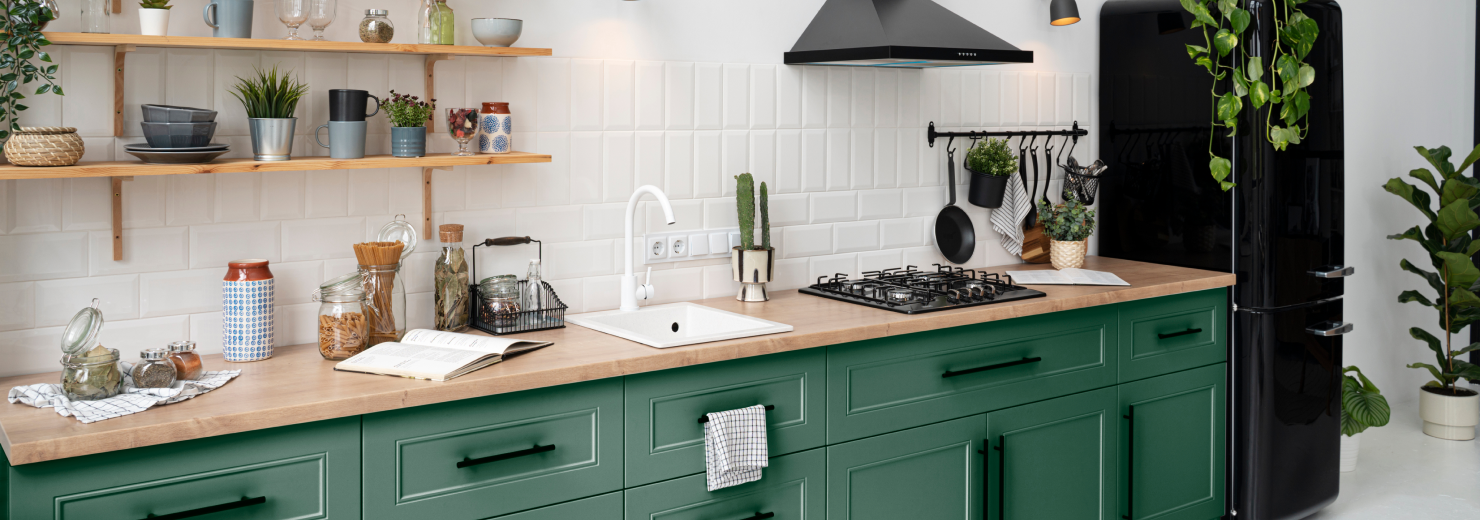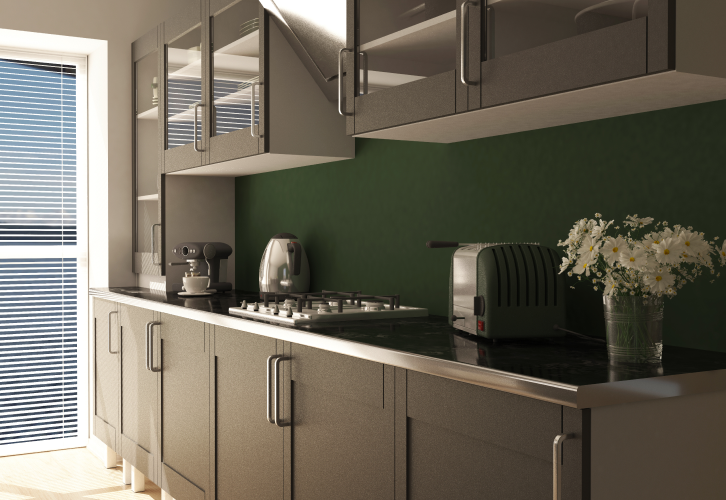
Healthy & Safety in the kitchen
Ensuring health and safety in the kitchen is paramount across all industries. It's imperative to safeguard staff and adhere to food safety standards, requiring businesses with commercial kitchens to implement rigorous health and safety measures and conduct kitchen risk assessments. This applies to various sectors, including hospitality venues like restaurants and hotels, as well as public institutions such as hospitals and schools. Even office kitchens necessitate health and safety provisions, addressing concerns such as fire safety and slip hazards. Commercial kitchens serving large volumes of people demand comprehensive kitchen risk assessments due to heightened operational scale, which amplifies the potential for accidents. Working with sharp tools, hot surfaces, and various appliances poses risks, especially in bustling kitchens. Additionally, maintaining food hygiene is crucial. This guide explores kitchen hazards and strategies for mitigating risks through proper health and safety protocols.
iDENTIFYING KITCHEN HAZARDS
To mitigate hazards effectively, the primary step is identifying them. While business owners bear primary responsibility for kitchen health and safety, all staff should be aware of potential risks. Though specifics may vary by kitchen size and type, common hazards include:
Slips, Trips, and Falls: Spills of food, drinks, and oils increase the risk of accidents. Immediate cleanup and placement of wet floor signs are crucial.
Fire Safety: Open flames, electrical equipment, and flammable substances necessitate careful management. Maintenance of electrical items, safe storage of flammable goods, and staff training on cooking safety procedures are essential.
Burns and Scalds: Hot surfaces, boiling water, and cooking utensils pose burn risks. Providing ample workspace and ensuring staff communication when handling hot items can reduce incidents.
Sharp Objects: Knives and broken glass can cause cuts and grazes. Staff training on safe knife handling and prompt cleanup of breakages are essential.
Chemicals: Cleaning products, food additives, and pesticides pose hazards. A separate COSHH assessment can outline chemical use and safety measures.
CONDUCTING A KITCHEN RISK ASSESSMENT
To manage kitchen health and safety comprehensively, periodic kitchen risk assessments should be conducted by competent individuals. Hazards must be identified, risks evaluated, and control measures implemented and communicated to all staff. Documentation should be maintained, and assessments regularly reviewed. KITCHEN HEALTH AND SAFETY SUPPORT FROM RHINO SAFETY Partnering with health and safety experts ensures adherence to the highest standards. We offer comprehensive support, from audits to accident investigations, helping businesses across various sectors comply with health and safety regulations. Contact us to learn more about our services.


iDENTIFYING KITCHEN HAZARDS
To mitigate hazards effectively, the primary step is identifying them. While business owners bear primary responsibility for kitchen health and safety, all staff should be aware of potential risks. Though specifics may vary by kitchen size and type, common hazards include:
Slips, Trips, and Falls: Spills of food, drinks, and oils increase the risk of accidents. Immediate cleanup and placement of wet floor signs are crucial.
Fire Safety: Open flames, electrical equipment, and flammable substances necessitate careful management. Maintenance of electrical items, safe storage of flammable goods, and staff training on cooking safety procedures are essential.
Burns and Scalds: Hot surfaces, boiling water, and cooking utensils pose burn risks. Providing ample workspace and ensuring staff communication when handling hot items can reduce incidents.
Sharp Objects: Knives and broken glass can cause cuts and grazes. Staff training on safe knife handling and prompt cleanup of breakages are essential.
Chemicals: Cleaning products, food additives, and pesticides pose hazards. A separate COSHH assessment can outline chemical use and safety measures.
CONDUCTING A KITCHEN RISK ASSESSMENT
To manage kitchen health and safety comprehensively, periodic kitchen risk assessments should be conducted by competent individuals. Hazards must be identified, risks evaluated, and control measures implemented and communicated to all staff. Documentation should be maintained, and assessments regularly reviewed. KITCHEN HEALTH AND SAFETY SUPPORT FROM RHINO SAFETY Partnering with health and safety experts ensures adherence to the highest standards. We offer comprehensive support, from audits to accident investigations, helping businesses across various sectors comply with health and safety regulations. Contact us to learn more about our services.

Services
Health and Safety Audit and Inspection
Health and Safety Management
Health and Safety Competent Person
Health and Safety Outsourcing
Fire Risk Assesment
International Health and Safety
ISO 45001:2018
Emergency Preparedness
COSHH Services
Contact us
Monday - Friday | 0700- 1730
Saturday | 0800-1400
07565007108
3 the Platts, lydlinch Sturminster newton,
Dorset DT102HX
administration@barboursafety.com